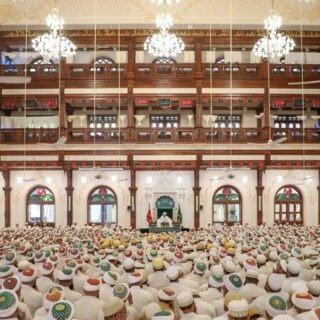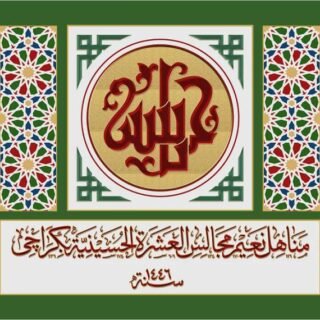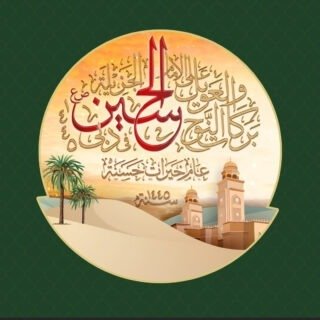Imam Al Aziz Billah SA, the 15th Imam, was born on 14 Moharram 344 H, Imam Al Aziz became Imam at the age of 21 years and proceeded to reign for 21 years. Imam Aziz’s father and predecessor, Imam Moiz SA had firmly established the Fatemid kingdom in North Africa and extended it well beyond Hijaz. Consequently, Imam Aziz did not need to engage in any kind of warfare. His days were marked with peace and prosperity and absence of any bloodshed. A few dissidents who tried to raise their heads were quelled and the revolts were nipped in the bud.
One of the most prominent personalities of Imam Aziz’s kingdom was his vazir, Yaqub bin Yusuf. Yuqub bin Yusuf had displayed amazing strategic skills in the victorious battle against Aftakeen Turki at Damascus. Later, when Imam Aziz returned to his capital, Qahera, he elevated Yakub to the position of Vazir, and bestowed upon him vast administrative powers. Yakub Vazir was known for his generosity, his preference for learning and learned people. He authored quite a few books on fiqeh and shariat, deriving from the knowledge of Aimmat Tahereen. Such was his eminence that Imam would often say to him, “If any living being could be bailed out of death, I would bail you out by spending a majority of my kingdom, or if life could be purchased, I would purchase it for you with whatever I possess.”
During Imam Aziz’s reign, the French advanced towards Damascus and tried to foray into Islamic states. Imam Aziz countered them with a huge army. The French retreated and the Imam returned to Qahera.
Imam Aziz appointed Imam Hakim as his successor and declared it in his entire kingdom. Thereafter, the Imam set forth towards Baghdad, determined to revive shariat and deen in the land of Iraq, where the people had gone astray. He was in Bilbis, on his way to Baghdad, when he passed away on the 12th of Ramadan, 386 H. His death was kept secret, and the commander of his army, Burjowan, carried him to Qahera where he was buried. The building of the magnificent Jamea ul Anwar was commissioned by Imam Aziz, and later completed by Imam Hakim.








